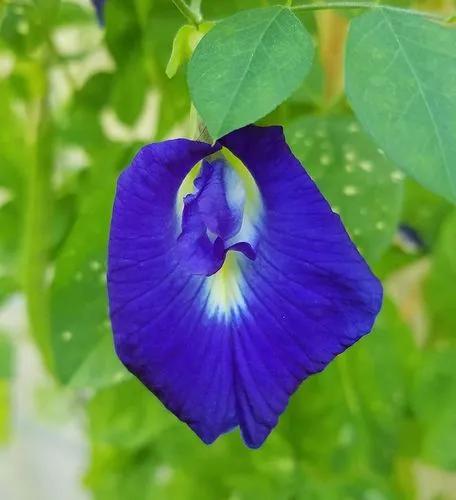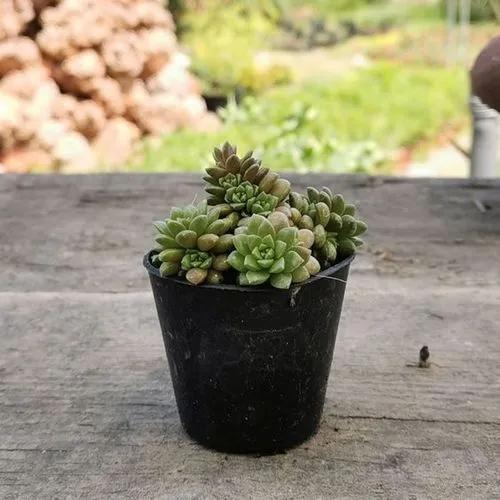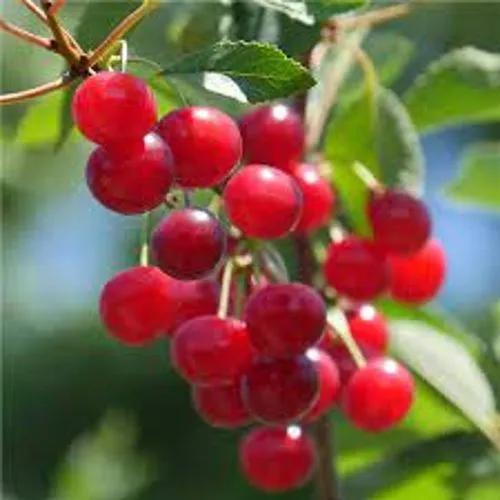Viburnum lantana, commonly known as wayfaringtree viburnum, is native to Europe, western Asia and North Africa. It has naturalized in the northeastern U.S. It is a deciduous, multi-stemmed shrub that typically grows to 10-15' tall and as wide. Mature shrubs grow large and somewhat coarse. Thick, leathery, rough-textured, finely-toothed, ovate, dark green leaves (to 2-5" long) have rounded to cordate bases. Leaves turn dark green with some purplish-red tones in fall. Quality of fall color often varies from year to year. Small white flowers in flat-topped clusters (cymes to 3-5" diameter) bloom in spring (May in St. Louis). Flowers give way in July to red, berry-like drupes which hold their showy color for about one month before turning black. Fruit set can be disappointing in some years. Although in its native habitat this shrub is somewhat common along waysides, the origin/meaning of the common name of wayfaringtree is unclear. V. lantana is one of the parents of V. rhytidophylloides.
Wayfaring Tree Care
Viburnum Lantana



Viburnum lantana, the wayfarer or wayfaring tree, is a species of Viburnum, native to central, southern and western Europe (north to Yorkshire in England), northwest Africa, and southwestern Asia. The vigorous deciduous European treelike shrub is common along waysides. It is a deciduous shrub or small tree growing to 4–5 m (13–16 ft) tall. The leaves are opposite, simple oval to lanceolate, 6–13 cm (2.4–5.1 in) Long and 4–9 cm (1.6–3.5 in) broad, with a finely serrated margin; they are densely downy on the underside, less so on the upper surface. The hermaphrodite flowers are small, around 5 mm (0.20 in), and creamy-white, produced in dense cymes 4–10 cm (1.6–3.9 in) width at the top of the stems; they are produced in early summer, and pollinated by insects. The fruit is an oblong drupe 8 mm (0.31 in) long, green at first, turning red, then finally black at full maturity, and contains a single seed. The seeds are dispersed when birds eat the fruit, then deposit the seeds in another location in their droppings. An older name for the plant is hoarwithy. "Hoar" means grey-haired and refers to the hairs under the leaves, and "withy" means a pliant stem.
How to Care for the Plant

Popularity

1,156 people already have this plant 214 people have added this plant to their wishlists
Discover more plants with the list below
Popular articles






